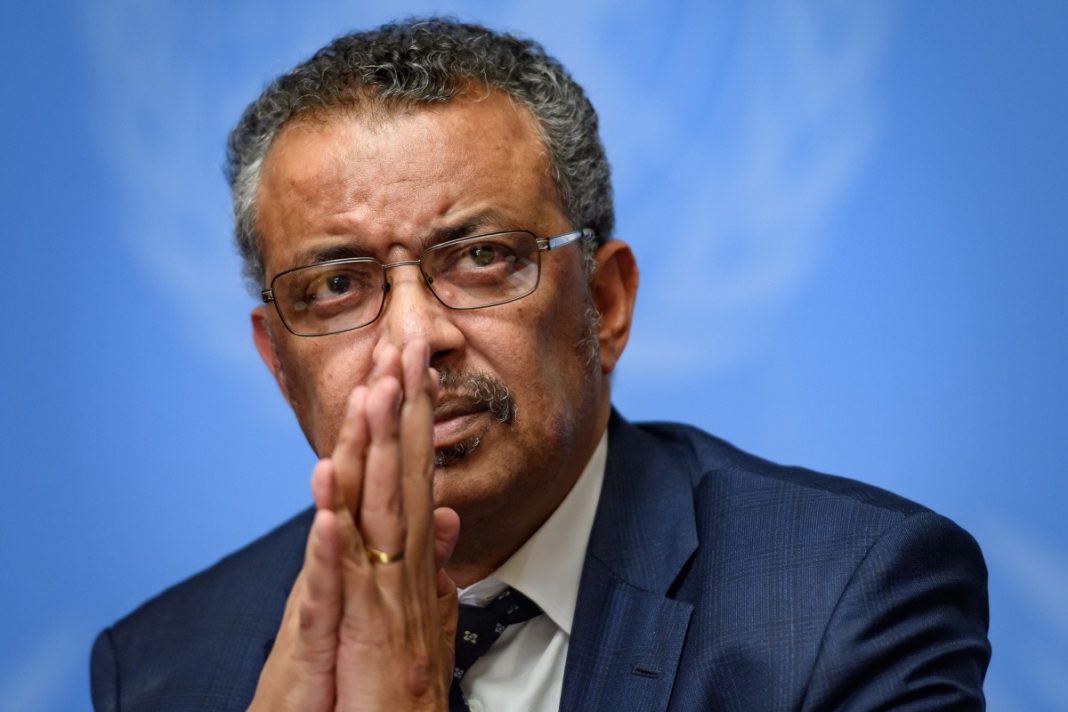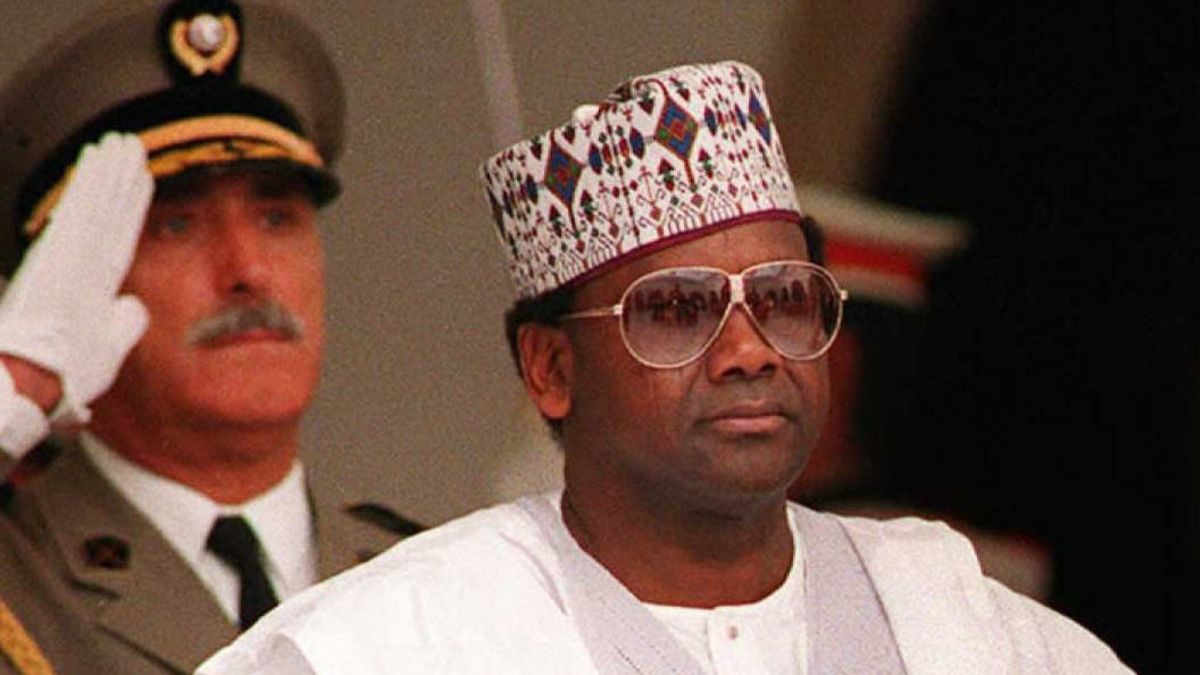GENEVA, Switzerland — The World Health Organisation (WHO) is confronting a significant budgetary shortfall of over $500 million in its salary obligations for the upcoming two-year funding cycle, Director-General Tedros Adhanom Ghebreyesus said on Monday, May 19, 2025, at the high-level opening of the 78th World Health Assembly.
The assembly, the organisation’s highest decision-making body, opened in Geneva with this year’s theme, “One World for Health,” overshadowed by sobering financial realities.
“We are facing a salary gap for the next biennium of more than $500 million,” Mr. Ghebreyesus told delegates from WHO’s 194 member states.
In a bid to mitigate the crisis, the organisation has begun cutting operational costs in key areas, including travel, procurement, recruitment, and early retirements.
However, despite these austerity measures, Ghebreyesus announced that the WHO would be forced to reduce its workforce.
“These measures have helped to narrow the gap, but still, there is no alternative but to reduce the size of our workforce,” he said, warning that such reductions will inevitably limit the organisation’s ability to meet the demands placed on it by member states.
While a previously approved budget increase saved the agency roughly $300 million, the WHO chief said it was not enough to stabilise the organisation’s finances.
“If it had not happened, our current financial situation would be much worse – $300 million worse,” he added.
Ghebreyesus called on delegates to approve a further increase in assessed contributions, part of a broader effort to ensure the agency’s long-term sustainability and independence.
As part of a sweeping internal restructuring, the WHO is reducing its executive management team from 14 to seven members and cutting the number of departments from 76 to 34.
“Some Member States called the new structure ‘lean and mean’. I think it’s more focused, and it could be more impactful as well,” Ghebreyesus said.
“These were extremely difficult decisions for me, as it is for every manager in our organisation who is having to decide who stays, and who goes,” he said, acknowledging the emotional toll of downsizing on staff.
The proposed programme budget for 2026–2027 now stands at $4.2 billion, a 21% reduction from the original $5.3 billion figure.
According to Ghebreyesus, WHO has already secured about $2.6 billion — roughly 60% of the revised budget — through assessed contributions and the recently launched Investment Round.
However, that still leaves an anticipated funding gap of $1.7 billion.
“We know that in the current landscape, mobilising that sum will be a challenge,” Ghebreyesus said, appealing to member states and partners for urgent support.
The WHO’s financial challenges come at a critical time as global health systems remain strained from the long-term effects of the COVID-19 pandemic, rising non-communicable diseases, and ongoing threats from emerging pathogens.
Despite the financial turbulence, Ghebreyesus reiterated the WHO’s commitment to maintaining the quality of its technical work and its global leadership role, even with a leaner structure.
“Let’s be clear: a reduced workforce means a reduced scope of work. The Organisation simply cannot do everything Member States have asked it to do with the resources available,” he cautioned.







